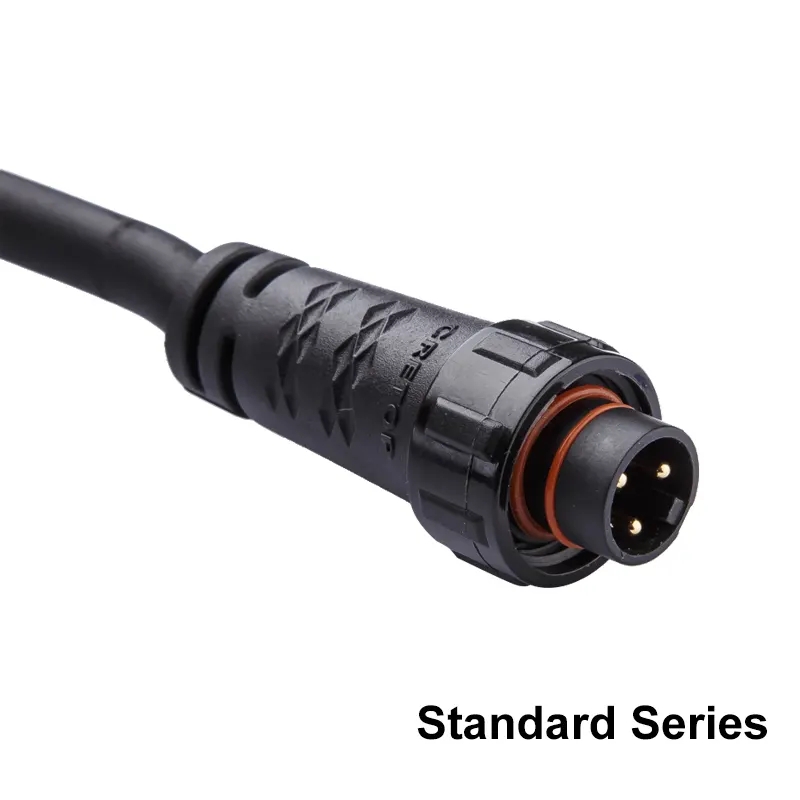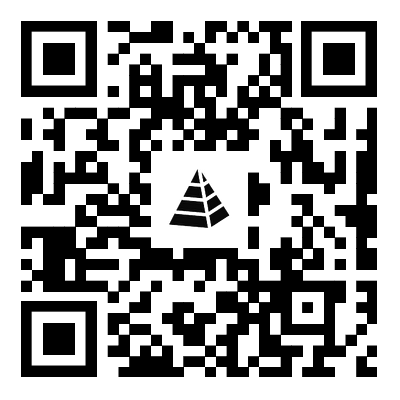Key aspects of a smart water meter connector
2023-10-17
A smart water meter connector refers to a device or component used to connect a smart water meter to a data network or communication infrastructure. Smart water meters are designed to provide accurate readings of water consumption and often feature technology that allows them to transmit this data remotely for monitoring, billing, and analysis. The connector plays a crucial role in facilitating this data transfer. Here are some key aspects of a smart water meter connector:
1. Data Communication Interface: The primary function of a smart water meter connector is to establish a communication link between the smart water meter and external systems, such as a data collection center or a utility's network. This interface can use various communication technologies, including:
- Wireless: Many smart water meters use wireless technologies like cellular networks (3G, 4G, 5G), LoRaWAN, NB-IoT, or RF (radio frequency) to transmit data to a central server or data repository.
- Wired: Some installations may use wired connections, such as Ethernet or RS-485, to connect the meter to a local network or data logger.
- IoT Protocols: Internet of Things (IoT) protocols like MQTT or CoAP may be employed for data transmission.
2. Data Encryption and Security: Smart water meter connectors often incorporate security measures to protect the integrity and confidentiality of the data being transmitted. Encryption protocols, authentication mechanisms, and secure communication channels are essential for safeguarding the data.
3. Remote Configuration and Management: These connectors may provide the capability to remotely configure and manage the smart water meter, including firmware updates, parameter adjustments, and diagnostic checks.
4. Compatibility: Smart water meter connectors should be compatible with the specific type and model of smart water meter they are designed to connect. Compatibility ensures seamless integration and data accuracy.
5. Data Aggregation: In some cases, the connector may aggregate data from multiple smart water meters in a network or a building, allowing for centralized monitoring and reporting.
6. Power Supply: Depending on the design, the connector may require a power source, which could be battery-powered, solar-powered, or derive power from the meter itself through energy harvesting techniques.
7. Protocols and Standards: Smart water meter connectors adhere to industry standards and communication protocols to ensure interoperability with other components in the system.
8. Data Processing: In addition to transmitting data, some connectors may perform initial data processing tasks like data compression, error correction, or data validation before sending the information to the central server.
9. Data Storage: Connectors may have local storage capabilities to temporarily store data in case of communication disruptions or outages, ensuring that data is not lost.
10. Integration: The data transmitted by smart water meter connectors can be integrated into utility billing systems, remote monitoring platforms, or analytics tools to provide insights into water usage patterns and improve operational efficiency.
Smart water meter connectors are essential components of modern water management systems, enabling utilities and organizations to efficiently monitor and manage water resources, detect leaks, and provide accurate billing based on real-time consumption data. Their reliability and data security are critical to the overall effectiveness of smart water metering systems.



